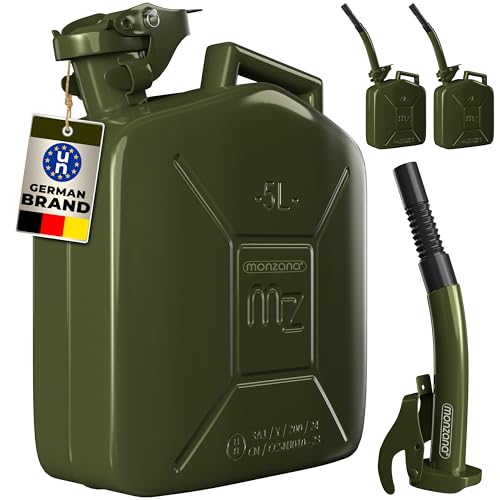
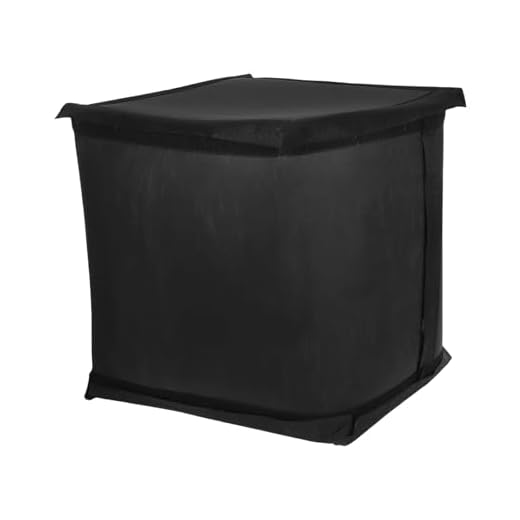


To reduce the noise produced by your cleaning equipment, consider using a unit with an electric motor instead of a gas-powered engine. Electric models typically operate at lower decibel levels, making them ideal for residential use. If you’re stuck with a gas-powered device, installing a silencer on the exhaust can significantly diminish sound output.
Additionally, evaluate the surface you’re working on. Placing the unit on a rubber mat or soft surface helps absorb vibrations, which can contribute to noise reduction. A regular maintenance routine is essential, too; ensure all components are in good condition, as worn parts can create excessive noise. Lubricate moving parts as needed to minimize friction and sound.
Utilizing longer hoses will allow you to maintain a distance from the noise source, while employing the right nozzles can help in achieving maximum efficiency with minimum sound. Opt for nozzles designed for specific tasks to reduce the overall operational sound. Consider these adjustments, and you’ll enhance your cleaning experience while keeping noise levels down.
Choosing a Quieter Model
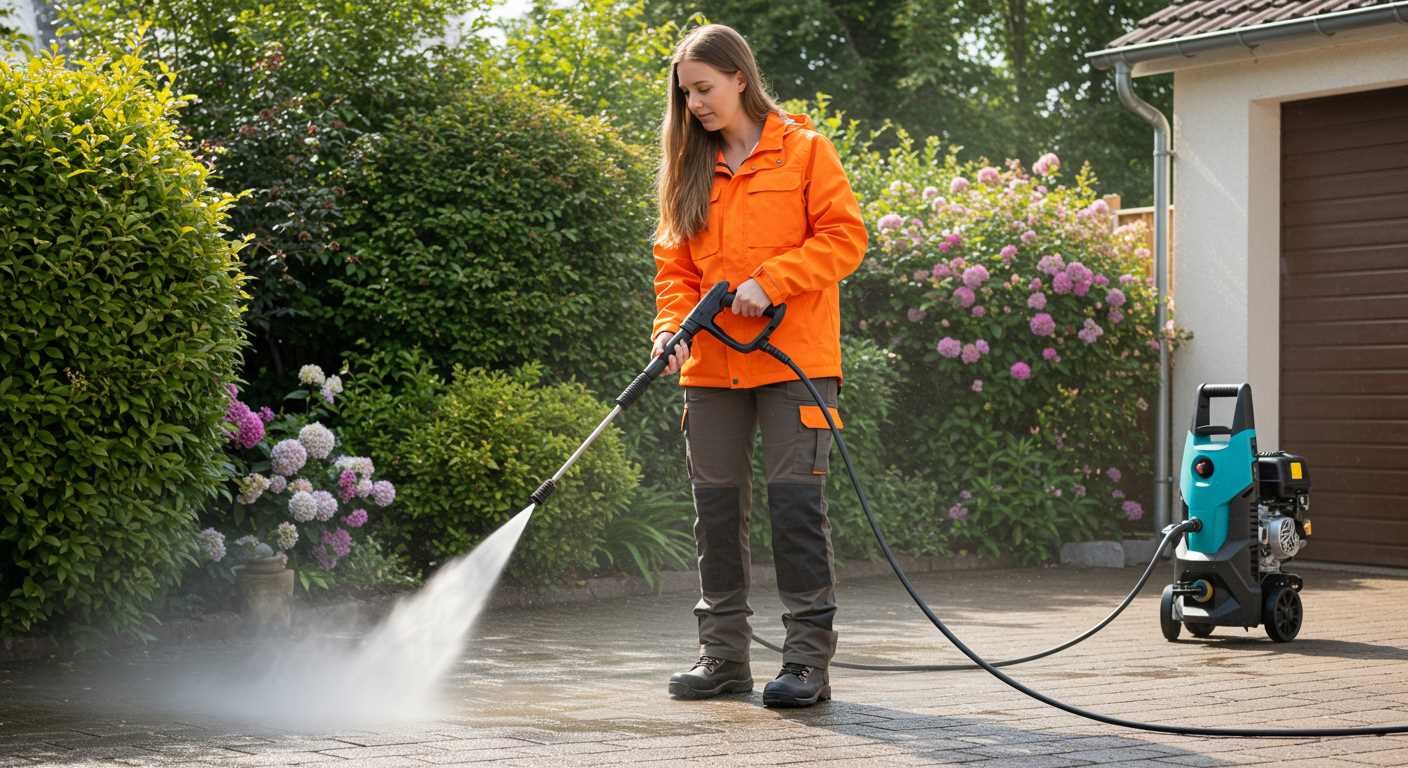
Opt for electric units over gas-powered alternatives. Electric models generally produce less noise while delivering sufficient cleaning power for most tasks.
Look for specifications indicating a low decibel level, ideally under 85 dB. Manufacturers often provide noise ratings; this can guide your selection process.
Consider brands known for quieter designs. Some manufacturers incorporate enhanced sound insulation and quieter motors. Here are a few noteworthy options:
- Karcher K5 Premium: Engineered with advanced motor technology for reduced sound levels.
- Sun Joe SPX3000: Known for its efficient electric motor that operates quietly during use.
- Greenworks GPW1501: Compact and effective, with a design aimed at minimising noise output.
Evaluate the pump design as well. Units with axial pumps tend to be quieter compared to those with wobble pumps:
- Axial pumps are generally more silent due to their design and operation.
- Wobble pumps can generate more noise; opt for axial for a smoother operation.
Also, check for additional features like noise-reducing technology. Some models utilise special materials and engineering to lower sound levels. Look for mentions of:
- Sound dampening components.
- Specialised mufflers integrated into the system.
Investigate feedback from other users regarding noise levels. Online reviews can provide insights into the actual performance of various models.
Sound Insulation Techniques for Pressure Cleaners
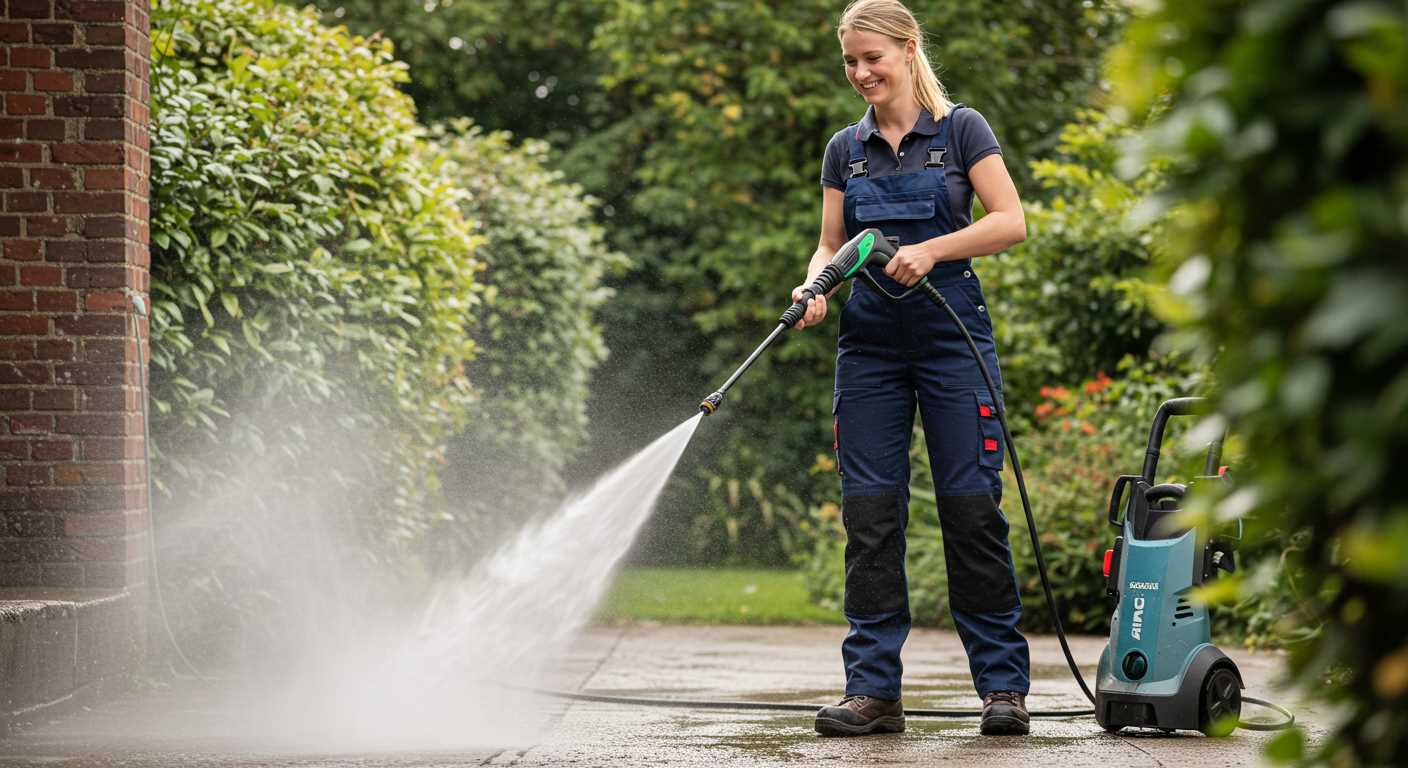
Enclosing the motor in a soundproof box significantly reduces noise. Choose materials such as acoustic foam or mass loaded vinyl to create a barrier that absorbs sound waves. Ensure proper ventilation to prevent overheating.
Positioning the device away from buildings or living areas lessens the impact of noise. Incorporate barriers like fences or hedges for additional sound absorption, creating a natural buffer.
Using rubber mats beneath the unit minimises vibrations transferred to the ground, reducing overall sound levels during operation. This method is simple yet effective, especially on hard surfaces.
Explore the option of using silencers or mufflers specifically designed for motorised equipment. These components can be fitted to the exhaust to lessen the sound emitted during use.
Regular maintenance is crucial. Keep the machine’s components clean and well-lubricated to ensure smooth operation, which often results in lower noise production. A well-maintained unit generally operates more quietly than one that is neglected.
If feasible, consider adding a water softener to the inlet water supply. Hard water can create additional noise due to scale build-up in the internal components, leading to excessive noise. Soft water helps maintain the cleanliness and efficiency of the internal mechanisms.
Implementing these techniques can lead to a significant reduction in noise, creating a more pleasant environment while using high-pressure cleaning equipment.
Using sound-dampening materials during operation
For optimal noise reduction while operating cleaning machines, incorporating sound-dampening materials can significantly enhance the experience. Installing acoustic panels in the surrounding area creates an effective barrier against sound waves. Materials like foam or mineral wool are proven to absorb high frequencies and reduce overall sound transmission.
Another practical solution involves equipping the unit with a damping pad. Placing heavy mats or rubber pads underneath the equipment minimises vibrations that contribute to noise. These pads act as a cushion, preventing the sound from travelling through hard surfaces.
Strategic placement of the machine
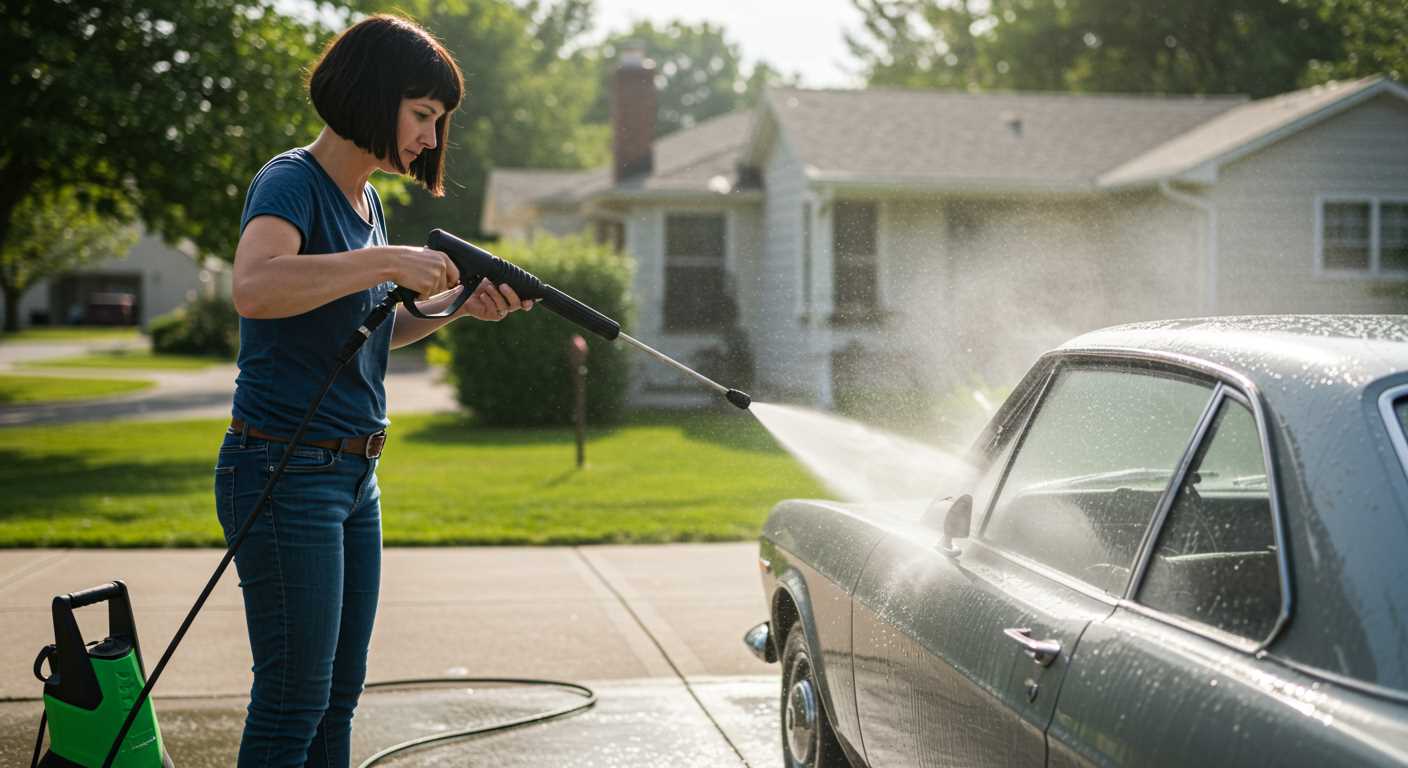
Review the area in which the cleaning tool operates. Positioning it on soft ground or grass can further diminish sound levels. This natural barrier absorbs noise more efficiently than concrete or asphalt. Ensure there’s also a distance of several meters between the unit and any walls or hard surfaces, as corners tend to amplify sound.
Covering and enclosing
A soundproof enclosure is another viable option. Constructing a simple wooden structure lined with sound-absorbing foam can reduce noise drastically. Ensure proper ventilation to prevent overheating while maintaining effective sound dampening. Always consider the balance between operational efficiency and sound reduction when implementing these techniques.
Implementing these strategies not only provides a more pleasant working environment but also respects the tranquillity of surrounding areas. Investing effort into sound-dampening materials yields noticeable results during use.
Optimising the Nozzle for Reduced Noise
Adjusting the nozzle can significantly lower noise produced during operation. Follow these guidelines for optimal results:
Choose the Right Nozzle Type
- Fan nozzles (25-40 degrees) create a broader spray pattern, dispersing pressure and reducing sound level.
- Variable nozzles allow flexibility in spray settings. Opt for a wider angle when less intensity is needed.
- Low-pressure nozzles can minimise noise while still providing adequate cleaning power for certain tasks.
Adjust the Nozzle Position
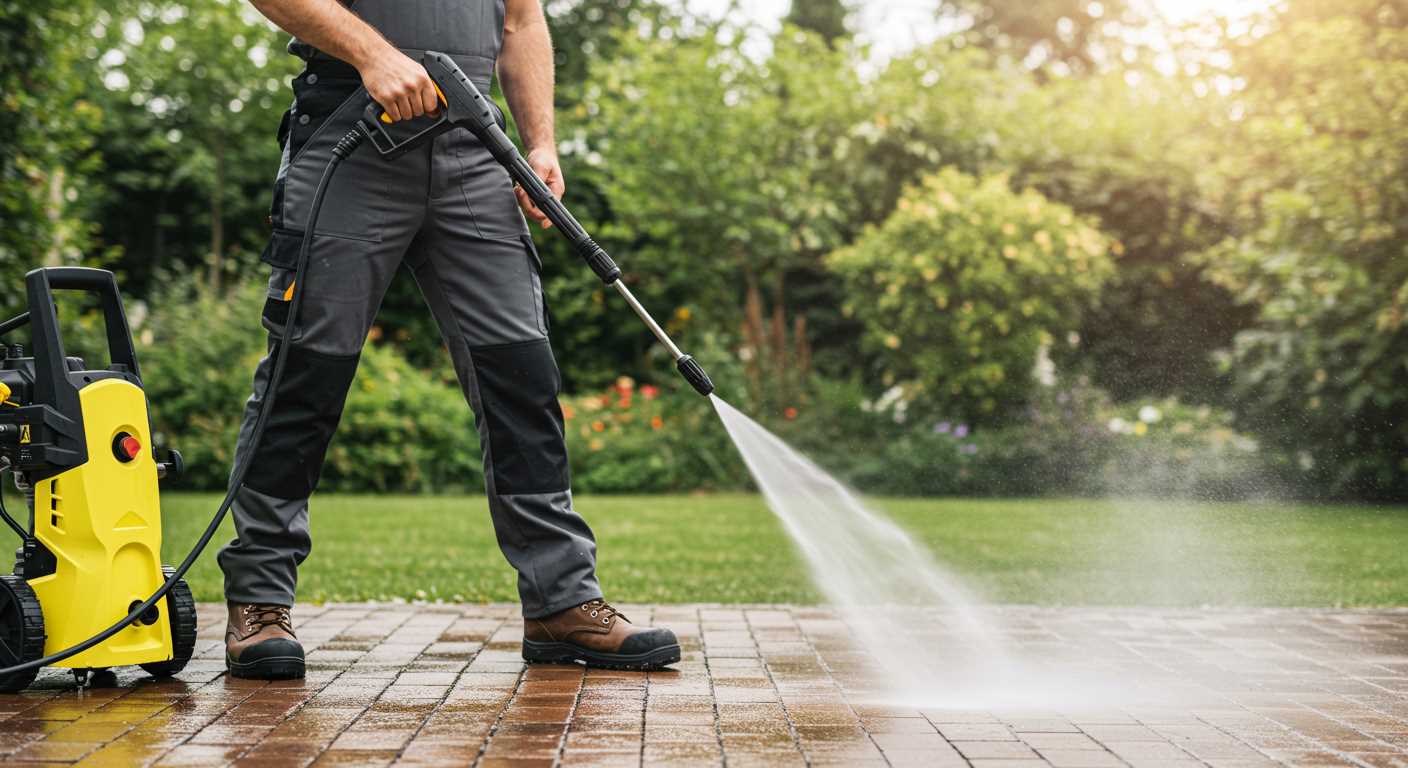
- Keep the nozzle at a 45-degree angle to the surface. This method decreases direct impact noise.
- Increase the distance between the nozzle and the surface to reduce sound intensity.
- Consider using extensions to maintain distance while targeting high areas.
Switching nozzles based on the task can extend both tool life and quietness during use. Regularly check for wear and replace as necessary to maintain performance and reduce rattle or whistle noises. Proper nozzle management contributes to a lower decibel level in your cleaning procedures.
Regular maintenance to minimise noise levels
Inspect and clean the air filters regularly to ensure unobstructed airflow, which helps reduce operational noise. Clogged filters can cause the motor to work harder, generating more sound. Replace them as needed.
Lubricate moving parts according to the manufacturer’s guidelines. Well-lubricated components create less friction, which translates into quieter functioning. Pay special attention to bearings and joints.
Check all bolts and screws for tightness. Loose components can vibrate, leading to additional noise. Ensure every part is secure before operation.
Examine hoses and connections for wear or damage. Leaks not only diminish performance but may increase noise levels by forcing the motor to exert more effort. Replace any deteriorated parts promptly.
Seasonally, conduct a thorough inspection of the entire unit. Look for signs of wear or unusual noise patterns that may indicate underlying issues. Early detection can prevent larger problems and maintain quieter operation.
Keep the area around the machine clear of debris. A cluttered workspace can lead to uneven surfaces, causing vibrations that amplify sound. Regularly maintain the surrounding environment to promote optimal performance.
Consider scheduling professional service annually. Technicians can provide detailed maintenance that might be overlooked in regular routines, ensuring peak performance and reducing overall noise emissions.
Best practices for operating a pressure cleaning device quietly
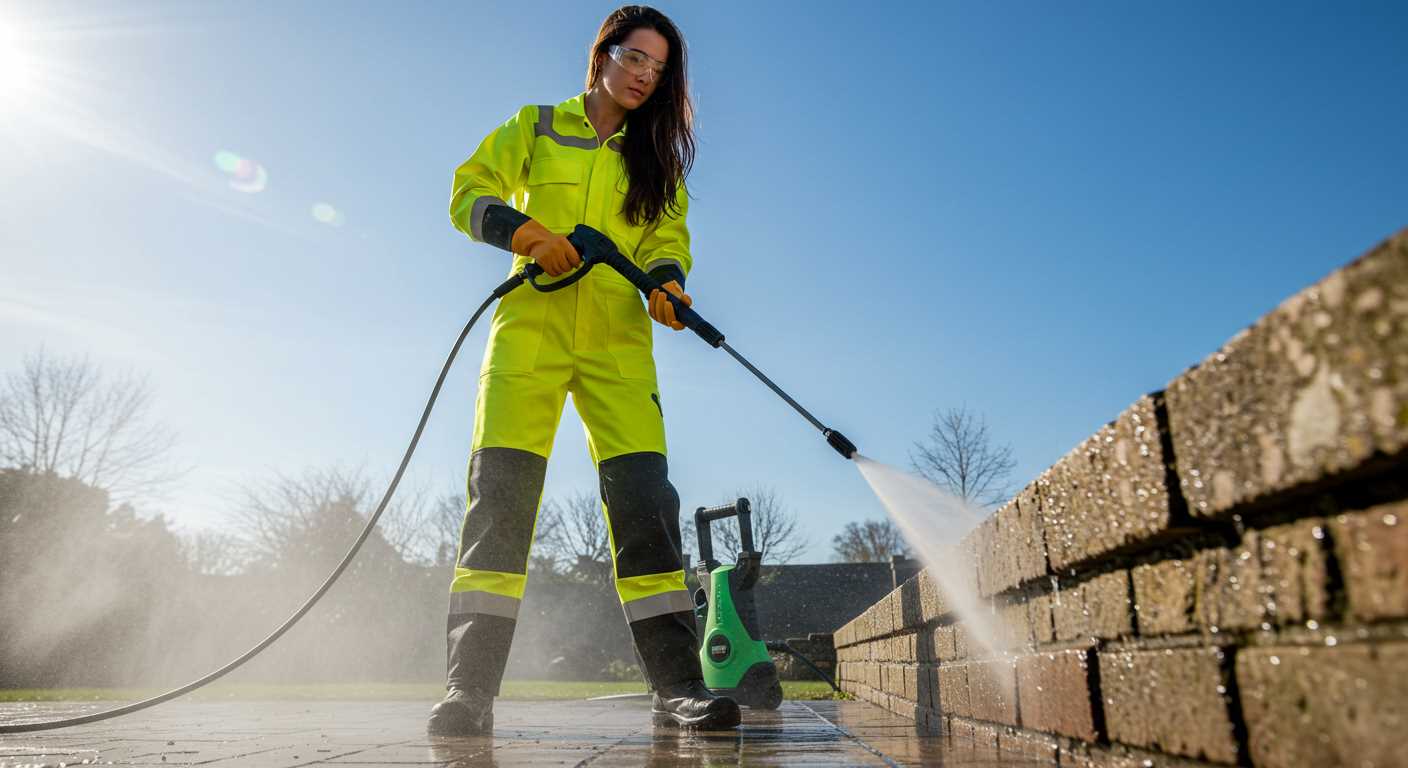
Utilising a lower pressure setting significantly reduces sound levels. Adjust the pressure to match the cleaning task, using the minimum force necessary. This not only decreases noise but also conserves water and energy.
Positioning the unit on level ground can minimise vibrations, which contribute to increased noise. Ensure the surface is solid to prevent any rattling or additional sound disturbances during operation.
Maintaining a consistent distance from the surface being cleaned enhances efficiency and curtails sound. Staying too close can amplify noise, while being too far may require higher pressure and subsequently create more volume.
Engage the trigger gently. Abruptly starting and stopping can lead to unnecessary noise spikes. Smooth transitions aid in maintaining a quieter operation.
Utilising accessories designed for sound reduction, such as turbo or multi-nozzle attachments, can assist in lowering the decibel levels. These nozzles modify the water flow, which can lead to a quieter experience.
Scheduling operations during appropriate hours is crucial. Avoiding early mornings or late evenings when noise regulations are stricter can help maintain a peaceful environment.
| Practice | Benefit |
|---|---|
| Lower pressure settings | Reduces sound levels |
| Stable positioning | Minimises vibrations |
| Consistent distance | Enhances efficiency, reduces volume |
| Gentle trigger engagement | Avoids noise spikes |
| Sound-reducing nozzles | Modifies water flow for quieter operation |
| Timely operation | Complies with noise regulations |
Following these practices will not only create a more pleasant cleaning experience but also ensure longer-lasting equipment performance. Regularly review and adapt your techniques for optimal results.



